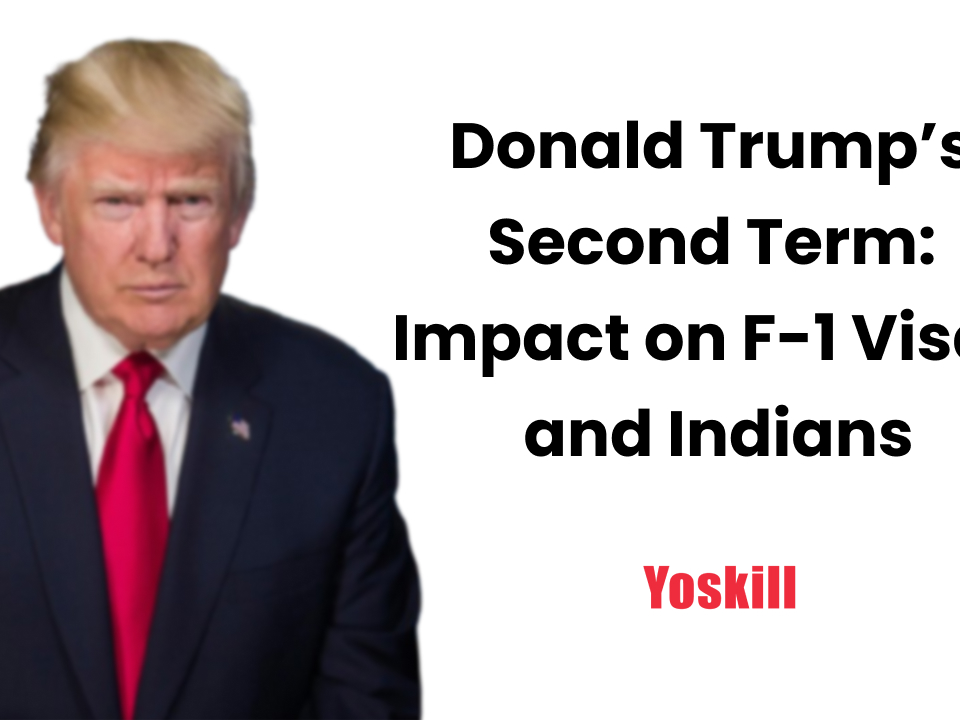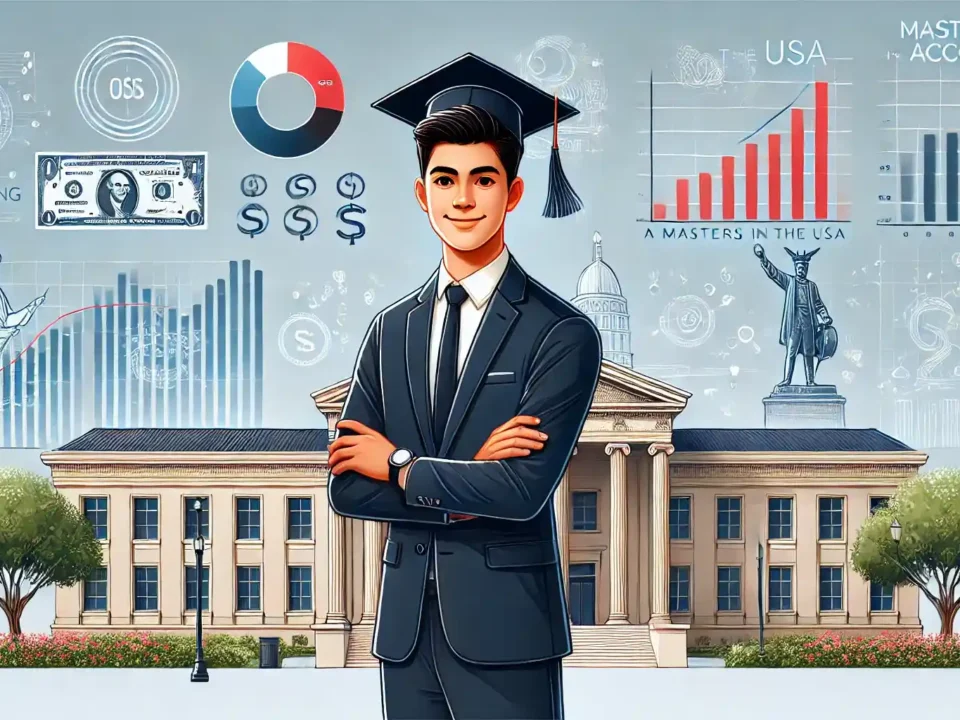Avoid DS-160 Mistakes
Planning to study in the U.S. for Summer 2025? Avoiding DS-160 mistakes should be at the top of your checklist. Between picking universities, preparing for exams, and sorting finances, it’s easy to overlook the importance of your DS-160 form. But here’s the thing—this form is a huge deal. Mess up your DS-160, and you might find yourself staring at a visa rejection. Don’t worry; I’ve got your back. Let’s talk about the common mistakes students make and how to steer clear of them.
Why Your DS-160 Form Matters
Imagine this: your Visa Officer (VO) is skimming through your DS-160 form before the interview. They’re looking for red flags. If they spot inconsistencies or vague answers, you’ve already left a bad impression. Avoiding DS-160 mistakes is the first step in building trust with the Visa Officer. So, getting it right is non-negotiable. Let’s break down the usual slip-ups and how to avoid them.
1. Inconsistent Employment History
This one’s a classic mistake. For example, you’ve marked “Not Employed” as your primary occupation but then listed a recent job elsewhere in the form. That’s a major red flag.
Why It’s a Problem:
It makes the VO question your attention to detail or, worse, your honesty.
How to Fix It:
Be consistent. If you’ve quit your job to focus on studies, say so clearly. For instance: “Resigned in August to prepare for higher education.”
2. Vague Job Descriptions
When describing your responsibilities, being too generic doesn’t help. Saying something like “supervised tasks” doesn’t really tell them much.
Why It’s a Problem:
It looks like you didn’t put in the effort to explain your role or, worse, have something to hide.
How to Fix It:
Use specifics. For example: “Managed hardware and software installations, ensured system functionality, and assisted faculty with technical issues.”
3. Misrepresentation of Financial Details
Here’s another biggie: listing an inflated salary or being vague about where your funds come from.
Why It’s a Problem:
The VO might doubt your financial stability, which is critical for a student visa.
How to Fix It:
Be upfront. For instance: “Earned ₹15,000 as a stipend during a GIS internship.”
4. Unclear Academic Timeline
Leaving out details like certifications or having gaps in your academic history without explanations is a no-go.
Why It’s a Problem:
It makes the VO wonder if you’re fully prepared for U.S. education.
How to Fix It:
Spell everything out. For example: “Completed Senior Secondary in 2023 with 85%, IELTS Band 6, and a one-year diploma in accounting.”
5. Unexplained Gaps
Did you take a year off? Maybe to prepare for exams or explore your options? That’s fine—but explain it!
Why It’s a Problem:
Unexplained gaps can make it seem like you’ve been unproductive or aimless.
How to Fix It:
Be upfront. For instance: “Prepared for GRE exams and researched university options during this period.”
6. Misaligned Study Goals
Switching fields without explaining why? That’s a problem. For example, applying for a master’s in data science after studying dentistry needs some context.
Why It’s a Problem:
The VO might think you’re not serious about your education or future.
How to Fix It:
Connect the dots. For example: “My experience in dentistry inspired me to explore health data analytics, leading to my interest in data science.”
7. Lack of Financial Clarity
Not explaining who’s funding your education? Big mistake. Saying “Parents” without more details isn’t enough.
Why It’s a Problem:
The VO needs to know you’ll be financially stable while studying.
How to Fix It:
Provide specifics. For instance: “My parents, who are government employees, have savings of ₹20,00,000 to fund my education.”
8. Skipping Details About Previous Refusals
If you’ve been refused a visa before, simply writing “214(b)” isn’t enough.
Why It’s a Problem:
It makes it seem like you haven’t learned or addressed the issue.
How to Fix It:
Explain briefly. For example: “The visa was refused due to unclear financial documents, which I’ve since resolved by securing a verified bank loan.”
Final Thoughts
Your DS-160 is more than just paperwork—it’s your first chance to make a positive impression on the Visa Officer. Small DS-160 mistakes can have big consequences, but the good news is they’re entirely avoidable. Take the time to review every detail and make sure your form reflects your true story.
Remember, getting the DS-160 right is the first step toward living your U.S. study dream. You’ve got this!
www.yoskill.com



